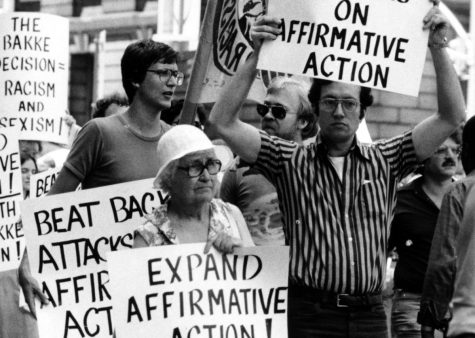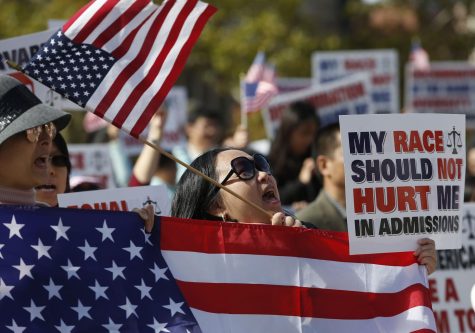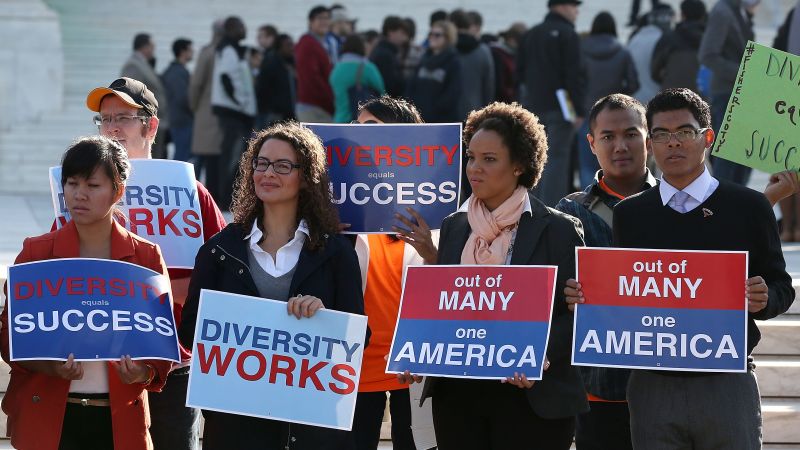What is Affirmative Action & Why should I care?
Affirmative action, in the U.S., is the effort to improve the employment and educational opportunities of women and members of minority groups through preferential treatment in mostly job hiring and college admission. It is one of the best tools colleges and universities have to promote diversity and ensure that those who are otherwise shut out of the American unfair and unequal system have a chance to earn a quality degree.
For decades, elite colleges and universities closed their doors to students of color. As a result, students are vastly underrepresented at the country’s top-tier institutions. Affirmative action combats the effects of this discrimination by allowing colleges and universities to be more intentional in the ways they evaluate applicants. Put simply, affirmative action ensures colleges and universities provide opportunities to those historically shut out of the system because of their race, ethnicity, income, or identity.

This will give more students that are diverse the best chances at getting into top universities in the country which they would not have been given the same opportunities as before otherwise. For example, in some colleges, it is already a requirement that at least half of the accepted students are People of Color, which opens the door for so many other people.
There is definitely another side to it in which people have been fighting against since it came to light in 1961. At first, students who had been denied from these top tier universities who otherwise would not have been have tried and called this movement off with the “reverse racism” motives; which were somewhat successful, at least in California.
This year, Californians will vote on whether to repeal the state’s ban on affirmative action. The ban, which voters approved as Proposition 209 in 1996, meant that the state’s public colleges and universities could not consider race during the admissions process. Since the amendment’s introduction in 1996, the number of Latino and Black students in the University of California system “has not kept pace with the diversity of students in California K-12 schools or with the overall California population,” according to the UC Board of Regents.

Today, many colleges consider race a single part of their holistic review of applicants. In other states, laws bar colleges from using affirmative action in admissions. In 1976, white students made up over 80% of all U.S. college students. By 2016, that percentage had dropped to 57%. Affirmative action has played a central role in increasing diversity in higher education. The clearest proof comes from states like California that ended affirmative action in admissions. A 2013 study reported a 23% drop in students of color at top public colleges following an affirmative action ban. Yet most Americans disapprove of affirmative action in college admissions, believing that schools should only consider merit, even if it means admitting fewer students of color.
Soon enough, this new Supreme Court Case will define the new college admissions processes and will change the course of the future for many.
Your donation will support the student journalists of North Hollywood High School. Your contribution will allow us to purchase equipment and cover our annual website hosting costs.

